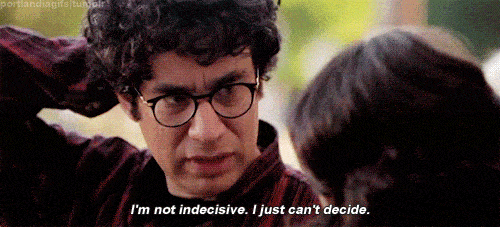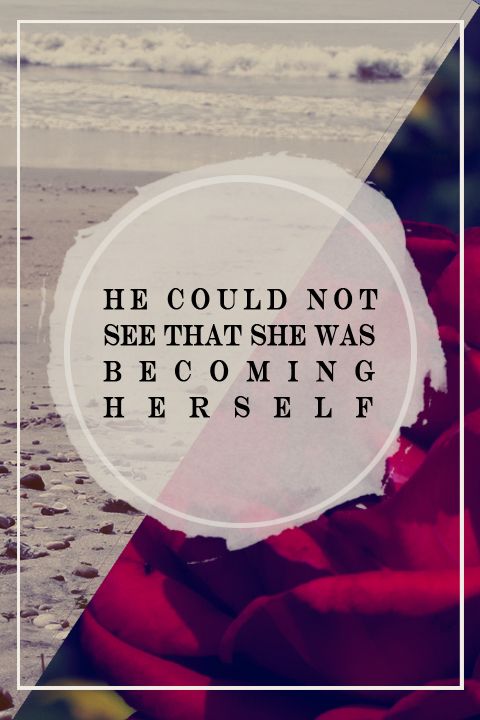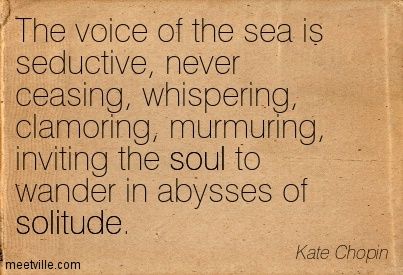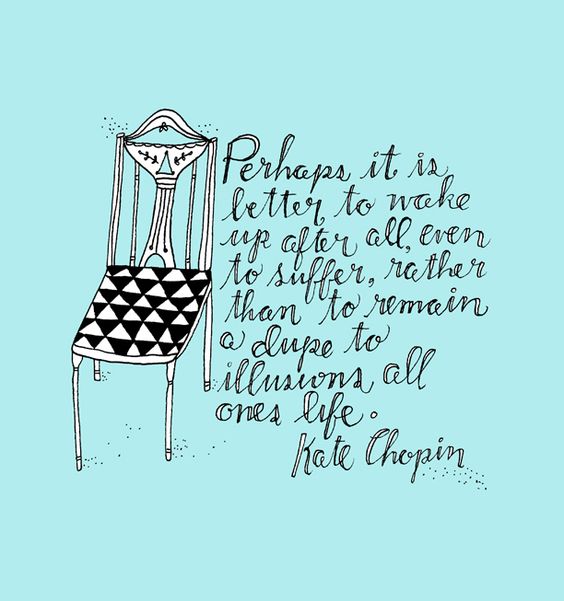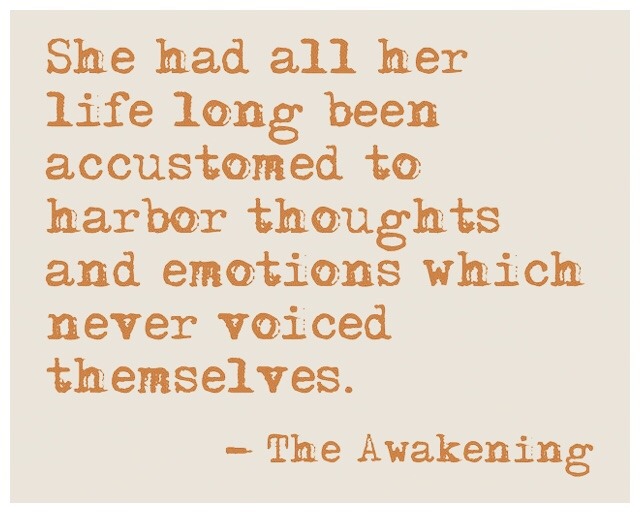American Indian Stories by Zitkala–Sa was a very interesting read for me. The Article, Zitkala-Sa’s Autobiographical Writings: The Problems of a Canonical Search for Language and Identity by Martha J. Cutter speaks of the narrative in a way that simultaneously also questions our definition of an autobiography. Why should we expect Zitkala-Sa’s writing to conform to the “canonical models of autobiography” in which we know? Cutter points out that as a Native American who was forced to “speak and write in the language of the oppressor,” meaning us, what right do we have to expect he to conform to the very same institution which suppressed her? Zitkala-Sa writing violates traditional notions of autobiography because by doing so she gained her own audience attention by writing in a way her people would be familiar with. The imagery used by her proves to validate her own culture while also using “Christian motifs” against their white originators to make a commentary on the destruction of Native American culture. The main objective of this writing is to emphasize how crucial it is to look at Zitkala-Sa writing through the scope of how it’s refused to satisfy assumptions, and through this refusal, she calls these assumptions into question. In a way, it asks people to reconsider their predispositions they already have conceived about language in their head. This helped to further enhance my reading of these stories by Zitkala-Sa because it showed me a new way to view her writing and also shows me along with her writing how groundbreaking her writing is because it refused to conform to that of the oppressor.
Source: Cutter, Martha J. “Zitkala-Sa’s Autobiographical Writings: The Problems of a Canonical Search for Language and Identity.” Melus, vol. 19, no. 1, 1994, pp. 31, ProQuest Central Essentials, http://jerome.stjohns.edu:81/login?url=https://search.proquest.com/docview/203690918?accountid=14068.



